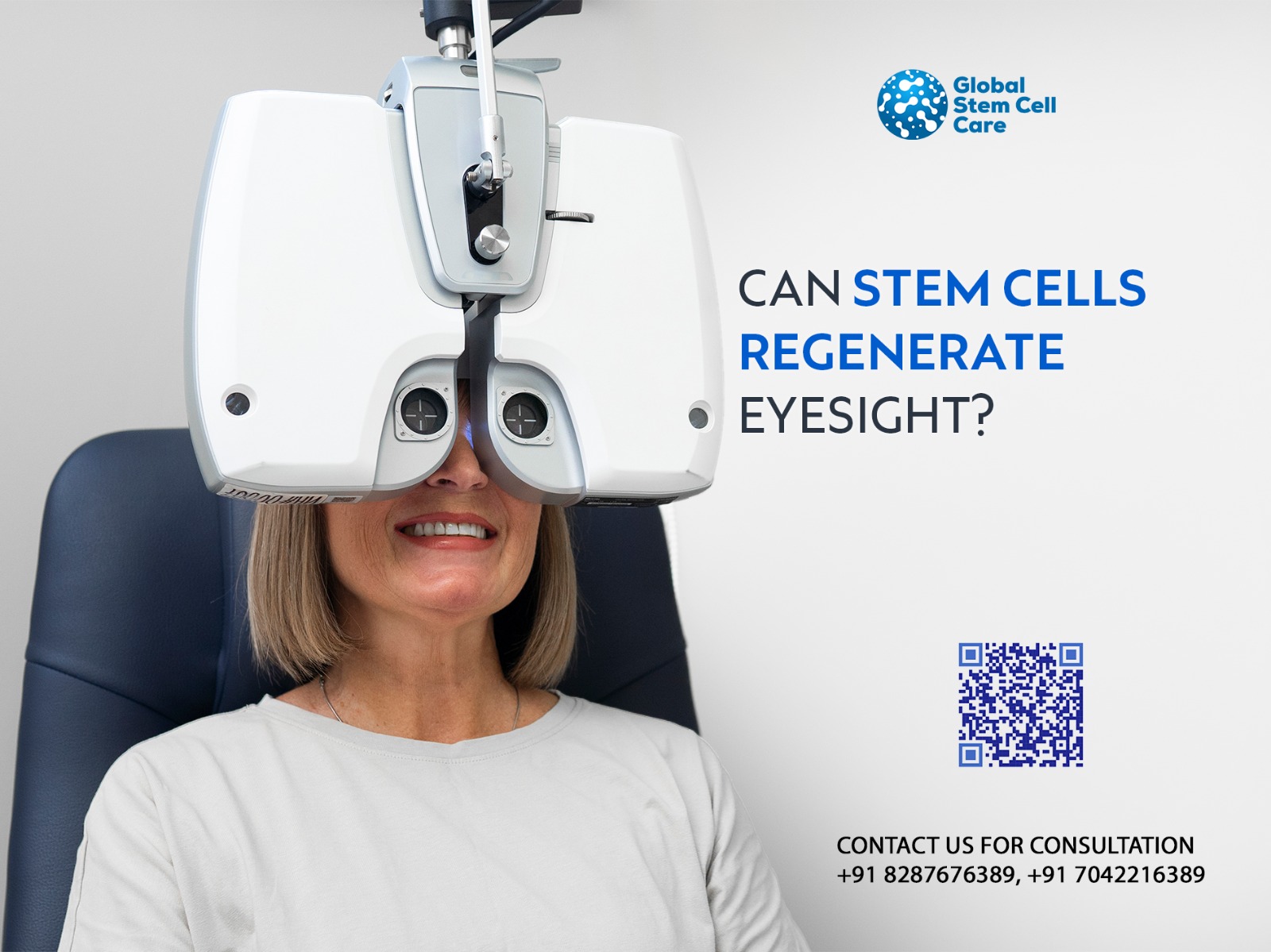One of the amazing breakthroughs in regenerative medicine is its ability to bring new hope to people afflicted with an array of debilitating conditions such as eye injuries and vision loss, most notably, stem cells are going to hold the promise for regenerative therapy that one day will restore eyesight. This blog explains how stem cells work in this context their application with regard to the treatment of eye injuries and their role in restoring visions following stem cell transplants. If you have an interest in this, Global Stem Cell Care is a consultancy with a reputation focused on advanced therapy with stem cells for disorders that affect the eyes.
Overview of Regenerative Medicine and Stem Cells
This field deals with tissue and organ repair and replacement through the application of modern techniques and natural healing mechanisms of the body. The uniqueness of this subdivision of medicine is mainly due to the existence of stem cells, which can multiply and turn into different cell types. Applying them in the right manner has the ability to stimulate the natural healing of the body and regenerate cells that may have been lost to injury, disease, or degeneration.
How Does a Stem Cell Transplant Work for Vision Restoration?
Stem cell therapy involves the finding of healthy stem cells, which may be obtained from the patient’s own body or a compatible donor, and then inserted into the damaged area. With vision restoration, the stem cells are often administered directly into the retina or the rest of the eye affected by the damage. Those cells go on to learn how to function in this new environment, slowly replacing destroyed cells and stimulating the regeneration of the tissues.
Key Benefits of Stem Cell Therapy for Eye Diseases
Least Invasive
Unlike major surgeries, stem cell therapy is relatively noninvasive, requiring just minor injections to introduce the cells into the area affected. The technique affords quicker recovery and fewer complications.
Targeted Healing
They can easily move to the area of damaged tissues within the eye, in particular to the cells that may be injured or degenerated. It will lead to almost complete treatment efficiency in the case of localized damage.
Natural Tissue Regeneration
Stem cells stimulate the body’s internal processes and aid the natural regeneration of tissues and, thus contribute to the regaining of vision that is consistent with the biological systems of a body.
Lower Rejection Chances
The treatment reduces the chance of any reaction from the immune system, which is often the case when transplant procedures are performed conventionally.
Quality of Life Enhancement
Stem cell treatment may lead to a clearer vision for patients whose previously limited options may make this otherwise impossible, thereby overall raising the quality of their lives.
Possible Future Applications
With the advancements in regenerative medicine, the use of stem cells for eye injuries and other health conditions continues to be extended, providing a glimmer of hope for others suffering from complicated vision-related impairments.
Types of Eye Conditions Treated with Stem Cell Therapy
Macular Degeneration
This condition is the most prevalent vision loss disease. The loss of retinal cells can be replaced by stem cell therapy, potentially halting or reversing the progression of AMD.
Retinitis Pigmentosa
This genetic disease causes retinal degeneration and leads to the impairment of vision and in severe cases, blindness. The use of stem cell transplants has proved to slow down the disease progression and in some cases even restore some sight.
Glaucoma
This is as a result of high pressure within the eyes that hurts the optic nerve. Cells are developed from stem cells that may be able to rejuvenate damaged optic nerve cells, hence restoring lost vision.
Corneal Injuries and Scarring
For corneal tissue damage and trauma, stem cell therapy can restore sight without the patient ever needing to go for a corneal transplant.
Diabetic Retinopathy
This is caused by the damage of blood vessels in the retina, leading to total loss of vision. Currently, treatments involving stem cells have proved promising in repairing affected blood vessels and retinal cells.
The Concluding Thoughts
A new frontier of regenerative medicine opens up the promise to use stem cells for the restoration of vision in patients with eye injuries and degenerative conditions. By targeted and minimally invasive treatments, stem cell transplant can regenerate damaged tissues in the eye, which offers a real chance at improved vision. Global Stem Cell Care provides the trusted consultancy and information for interested parties in this latest treatment breakthrough to explore this groundbreaking treatment of vision loss, in ensuring a well-informed, supported path through vision restoration.
